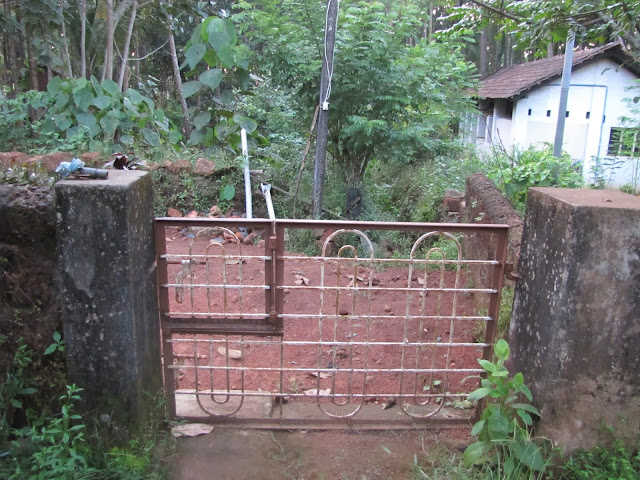Read
the fine print.
Read the fine print.
Foot-and-mouth disease claims 2,060 cows; afflicts
16,573 head of cattle : The
foot-and-mouth disease has claimed 2,060 cows and affected 16,573 animals in
1,304 villages in 19 districts of the State .
Scientists confirm serotype O
leading to outbreak of foot and mouth disease :
As officials
struggle to contain the spread of foot and mouth disease among cattle,
scientists at the Project Directorate on Foot and Mouth Disease, have released
initial confirmation that virus serotype O is responsible for the
outbreak...... "The virus is
airborne and could travel 250km per day depending on the climatic
conditions......
High alert against foot-and-mouth
disease
: All check posts
along the borders with Andhra Pradesh, Tamil Nadu and Kerala have been alerted
not to let any cattle in from those states. All Deputy Commissioners across the
State have banned cattle or sheep fairs.
Foot-and-mouth disease
From Wikipedia, the free encyclopedia
Foot-and-mouth disease or
hoof-and-mouth disease (Aphthae epizooticae) is an infectious and sometimes
fatal viral disease that affects cloven-hoofed animals, including domestic and
wild bovids. The virus causes a high fever for two or three days, followed by
blisters inside the mouth and on the feet that may rupture and cause
lameness. ............. Though most
animals eventually recover from FMD, the disease can lead to myocarditis
(inflammation of the heart muscle) and death, especially in newborn animals.
........Especially
in new born animals...........................................................
How
often our eyes skim over headlines like these, scarcely registering its impact
on the affected. And so it was to our
‘city-brains’ that I hardly gave much thought to the news that a lot of
cows in Chitrapur have been afflicted with the disease. And our hectic November
schedule had us shuttling between Chitrapur and Chennai twice , a trip to Mumbai, and Munich. All this hardly left us
any time at the farm. When we returned from our Chennai trip, I noticed that
Kalindi and Balaram had caught the virus. We went into overdrive, cleaning and
disinfecting their feet, cleaning the cowshed thrice a day, spraying neem
emulsion and diluted dettol to drive away the flies. We had only 5 days left for our Munich trip.
Could I drop out and stay back? But no,
we had registered well in advance for the training and it was imperative that I
attend it. So I spent most of my time in the cow shed, cleaning it, ensuring
that all the calves had a dry area to sit and really got rid of the flies. So everything seemed in control.
The night before we left for Mumbai, it was
almost 11.30 pm by the time I was done with my work. Should I take a last round and see all the
animals? But I had checked on them at 9.30 and they all seemed fine. Besides
when I enter the cowshed with my torch, all of them dutifully get up, so I
rather let them rest.
The next
morning, I woke up at 5.30 am with a very uneasy feeling and rushed to the
cowshed, even before I made the morning coffee.
All of them seemed fine and perky. The sores on Kalindi’s and Balaram’s feet had healed well and they were
already chewing on some hay. Bhuvan –
Madhubala’s 20 day old calf seemed fast asleep on his side – he often did that
unlike the older calves who never stretch out and sleep on their sides. But was he really asleep? “bhuvan – bhuvan” I called out and shook him, but there was no response.
Terrified, I shook him again and shone the torch right in his eyes – no
response again. I raced to the house and woke V and we both tried again – but ......he had
already reached a distant world from
where there is no return. I called our
farm hand- Manjunath, who promptly came over. “He was fine last evening” he
said his voice breaking. My heart wept
for Madhubala who was looking across with her large luminous eyes.
And so
Bhuvan, the little stocky buffalo calf who looked so incredibly healthy
succumbed to the dreadful disease. He
was a gentle playful visitor for a short duration of just 20 days.









































.jpg)











